- Grafting Basics for Fruit Trees
- What is Grafting?
- Why Graft Fruit Trees?
- Key Terms
- Grafting Techniques
- Grafting Materials and Tools
- Grafting Process
- In conclusion,
- Benefits of Grafting Fruit Trees
- Factors to Consider before Grafting
- Tree Compatibility
- Disease Resistance
- Growth Habit
- Climate Adaptability
- Desired Fruit Characteristics
- Best Season for Grafting Fruit Trees
- Spring
- Early Summer
- Late Summer
- Early Fall
- Timing Considerations
- Compatible Fruit Tree Varieties for Grafting
- Apple Trees
- Pear Trees
- Cherry Trees
- Plum Trees
- Steps to Grafting Fruit Trees
- 1. Select the Rootstock
- 2. Collect Scionwood
- 3. Prepare the Rootstock
- 4. Prepare the Scion
- 5. Make the Graft
- 6. Seal the Graft
- 7. Provide Support
- 8. Monitor and Maintain
- 9. Monitor and Maintain
- Grafting Techniques for Different Fruit Tree Varieties
- 1. Whip and Tongue Grafting
- 2. Cleft Grafting
- 3. Budding
- 4. Side Grafting
- Tips for Successful Fruit Tree Grafting
- 1. Choose the Right Time
- 2. Select Healthy Scions and Rootstocks
- 3. Match Cambium Layers
- 4. Use Proper Grafting Techniques
- 5. Provide Proper Care After Grafting
- 6. Be Patient
- 7. Keep Records
- Question-answer:
- What is grafting?
- Why do people graft fruit trees?
- Can any fruit trees be grafted together?
- Which varieties combine best when grafting fruit trees?
- What are some examples of fruit tree grafting combinations?
- Is grafting fruit trees difficult?
- Are there any risks involved in grafting fruit trees?
- Video: Best Natural Onion Hormone For Mango Tree Grafting | Multiple Grafting On One Mango Tree
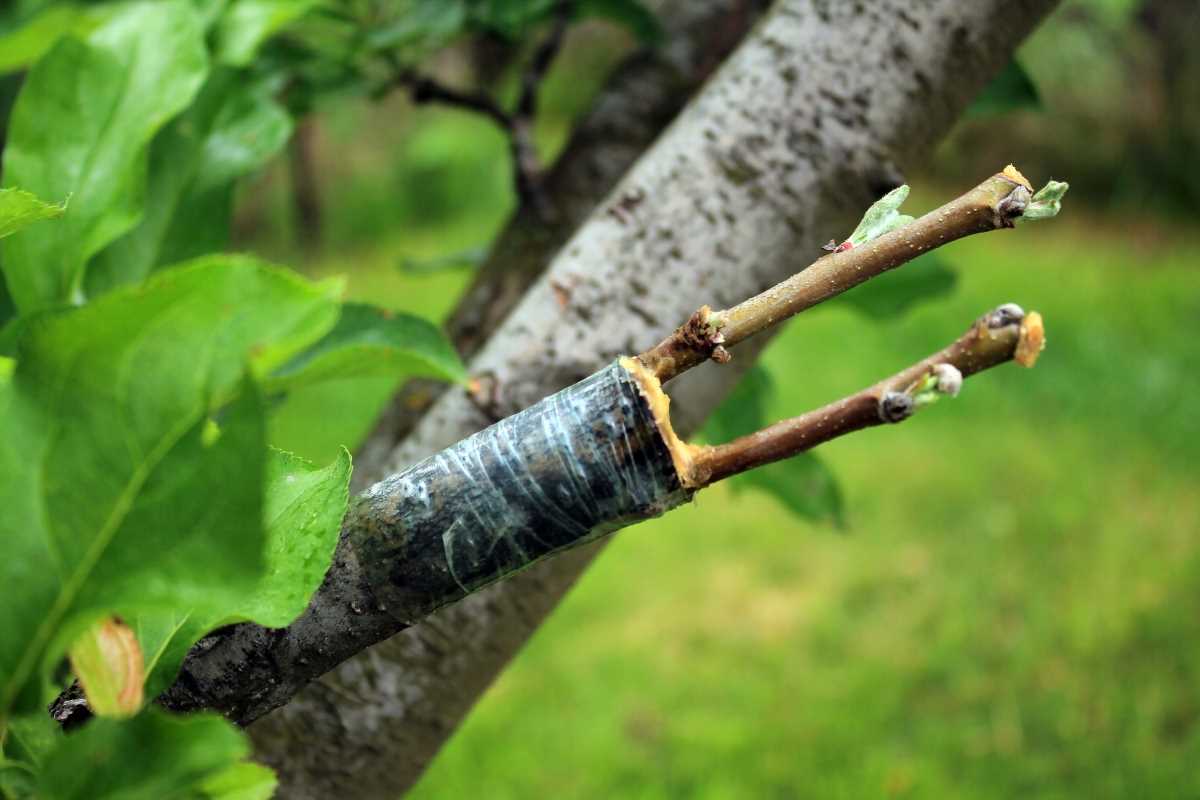
Grafting is a technique that has been used for centuries to create new varieties of fruit trees with desirable traits. It involves joining together two different plants in such a way that they grow as one. This process allows for the combination of different varieties, resulting in trees that produce fruits with unique characteristics.
One of the main reasons why grafting is so popular among fruit tree growers is the ability to create trees that are more disease-resistant. By grafting onto rootstock that is resistant to certain pests or diseases, growers can ensure that their trees have a better chance of survival. This is especially important in regions where specific pests or diseases are prevalent.
In addition to disease resistance, grafting also allows growers to create trees that are more productive and have a longer fruiting season. By combining varieties that produce fruit at different times, it is possible to have a tree that bears fruit over a longer period. This can be particularly useful for commercial growers who want to extend their harvest season.
Another advantage of grafting is the ability to create trees with improved fruit quality. By combining varieties that have superior flavor or texture, growers can produce fruits that are highly desirable in the market. This can be a great way for growers to differentiate themselves from the competition and command higher prices for their produce.
Grafting fruit trees is a complex process that requires careful consideration of the desired traits, compatibility of varieties, and proper technique. However, with the right knowledge and skill, growers can create trees that not only have improved characteristics but also have a higher chance of success in the orchard.
Grafting Basics for Fruit Trees
What is Grafting?
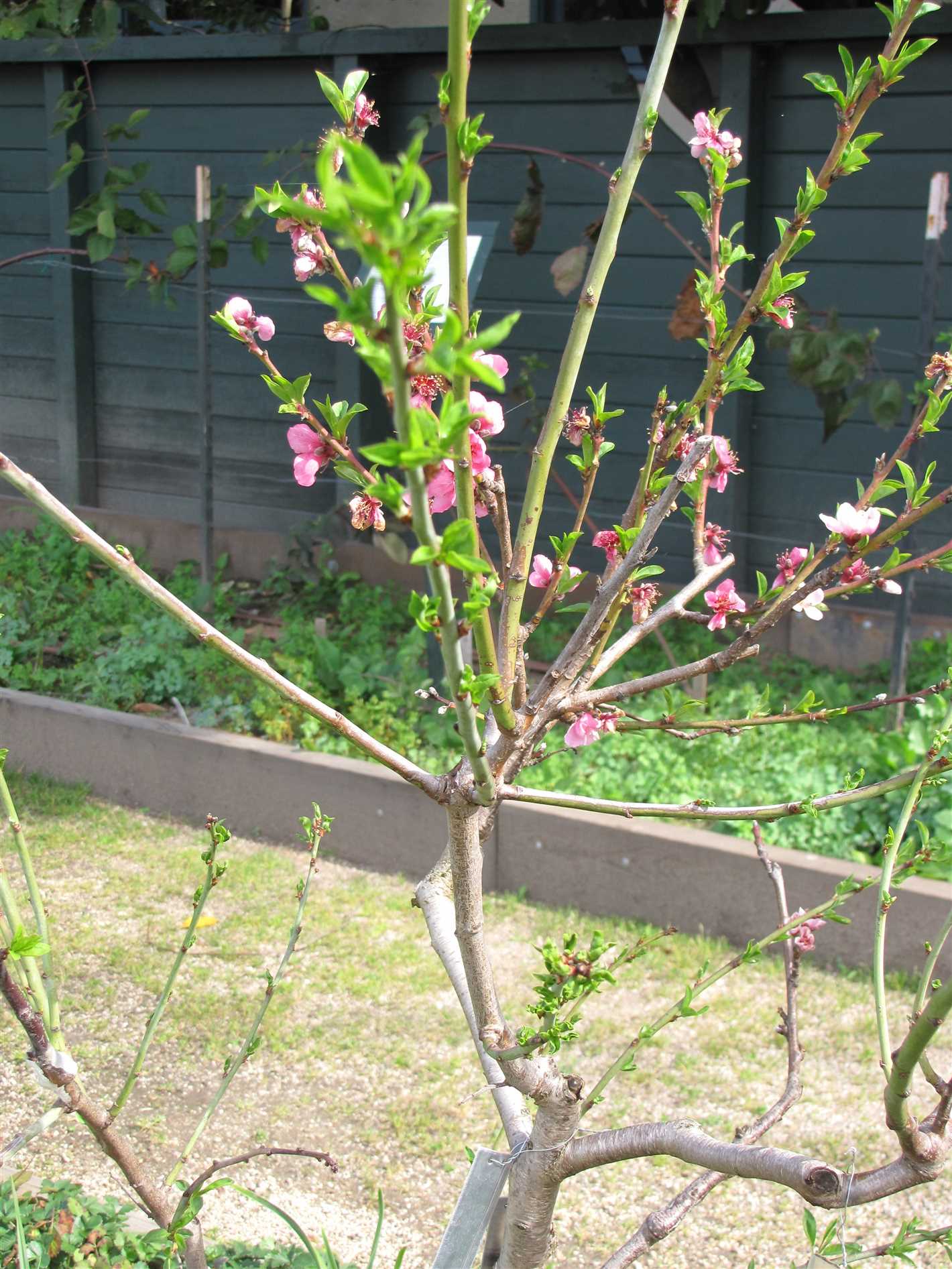

Grafting is a horticultural technique that involves joining together different plant tissues to create a new tree or plant. It is commonly used in fruit tree propagation to combine the desirable traits of two or more varieties onto a single tree.
Why Graft Fruit Trees?
Grafting fruit trees offers several advantages. It allows for the production of multiple fruit varieties on a single tree, increasing the variety of fruits available for harvest. Grafted trees can also exhibit improved disease resistance, higher productivity, and better adaptation to specific growing conditions.
Key Terms
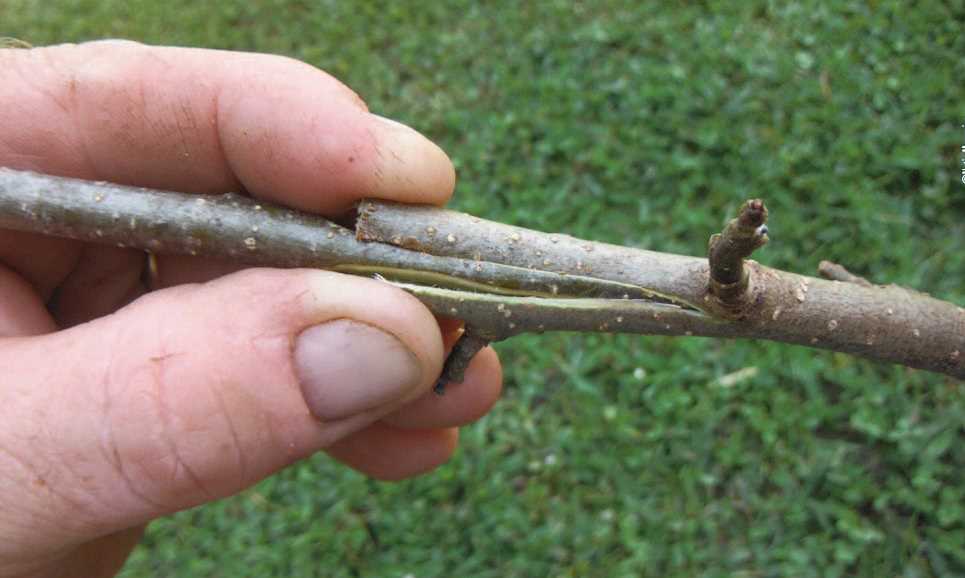

Before diving into the grafting process, it’s important to understand some key terms:
- Scion: The desired fruit variety that is grafted onto the rootstock.
- Rootstock: The lower portion of the grafted tree that provides the root system and overall vigour.
- Graft union: The point of connection between the scion and rootstock.
- Whip graft: A common grafting technique where the scion and rootstock are cut at a diagonal and joined together.
Grafting Techniques
There are several grafting techniques used for fruit trees. Some of the most common techniques include:
- Whip Grafting: This technique involves cutting a diagonal slice on both the scion and rootstock, and then joining them together.
- Cleft Grafting: In this technique, a vertical slit is made in the rootstock, and the scion is inserted into the cleft.
- Bark Grafting: Bark grafting involves removing a strip of bark from the rootstock and inserting the scion into the exposed area.
- Bud Grafting: With bud grafting, a bud from the scion is inserted beneath the bark of the rootstock.
- Side Grafting: Side grafting is similar to whip grafting, but the scion is inserted into a side slit of the rootstock rather than a cut.
Grafting Materials and Tools
To successfully graft fruit trees, you will need a few essential materials and tools:
- Grafting knife: A sharp knife for making precise cuts on the scion and rootstock.
- Grafting tape or rubber bands: Used to secure the graft union and provide support during the healing process.
- Wax or grafting sealant: Applied to the cut surfaces to protect against infection and drying out.
Grafting Process
The general process of grafting fruit trees involves the following steps:
- Select healthy scion and rootstock plants that are compatible in species and size.
- Make precise cuts on the scion and rootstock using a grafting knife.
- Join the scion and rootstock together, ensuring proper alignment.
- Secure the graft union with grafting tape or rubber bands.
- Apply wax or grafting sealant to the cut surfaces to prevent infection and drying out.
- Protect the grafted tree from extreme temperatures and provide regular care to promote successful healing.
In conclusion,
Grafting is a valuable technique for propagating fruit trees with desired traits. Understanding the grafting process, techniques, and materials will help you successfully graft fruit trees and enjoy the benefits of combining different varieties onto a single tree.
Benefits of Grafting Fruit Trees
- Improved disease resistance: Grafting allows for the combination of different tree varieties, some of which may have natural resistance to certain diseases. By grafting these resistant varieties onto susceptible rootstock, the resulting tree can have improved resistance to diseases.
- Increased fruit quality: Grafting allows for the combination of different fruit varieties that have desirable qualities, such as flavor, texture, or color. By grafting these varieties onto rootstock that provides strong and consistent growth, the resulting tree can produce high-quality fruit.
- Extended fruiting season: Grafting allows for the combination of early, mid, and late-season fruiting varieties onto a single tree. This can extend the fruiting season, ensuring a longer harvest period and a more continuous supply of fresh fruit.
- Space optimization: By grafting different varieties onto a single rootstock, multiple fruit varieties can be grown in a limited space. This is particularly beneficial for home gardeners with limited garden space who want to grow a variety of fruits.
- Rootstock adaptation: Grafting onto a compatible rootstock can help adapt a fruit tree to specific soil conditions or climate. Certain rootstocks have better tolerance for drought, wet soils, or specific soil types, allowing the grafted tree to thrive in challenging growing conditions.
Grafting fruit trees offers numerous benefits and can result in trees that are more resistant to diseases, produce higher quality fruit, have an extended fruiting season, optimize space, and adapt to specific growing conditions. It is a useful technique for both commercial orchards and home gardeners looking to maximize their fruit tree production.
Factors to Consider before Grafting
Grafting fruit trees is a delicate process that requires careful consideration of several factors. Before embarking on this technique, it is important to consider the following:
Tree Compatibility
Not all fruit tree varieties can be grafted together successfully. The compatibility between the scion (the desired fruit tree variety) and the rootstock (the base tree) plays a crucial role in determining the success of grafting. It is essential to choose varieties that are known to work well together to ensure optimal grafting results.
Disease Resistance
When selecting fruit tree varieties for grafting, it is important to consider their disease resistance. Certain varieties may be more susceptible to specific diseases, which can ultimately affect the health and productivity of the grafted tree. Choosing disease-resistant varieties can help ensure the long-term success and vitality of the grafted fruit tree.
Growth Habit


The growth habit of the tree is another factor to consider before grafting. The grafting process involves combining the upper part (scion) with the lower part (rootstock) of two different trees, which may have different growth habits. It is important to select varieties with similar growth habits to ensure that the grafted tree maintains a balanced and uniform shape.
Climate Adaptability
The climate in which the grafted fruit tree will be grown is another important consideration. Different fruit tree varieties have varying levels of adaptability to different climate conditions. It is important to select varieties that are well-suited to the specific climate in order to ensure optimal growth, fruit production, and overall tree health.
Desired Fruit Characteristics
Finally, it is crucial to consider the desired fruit characteristics before grafting. Different fruit tree varieties produce fruits with varying flavors, textures, colors, and sizes. By selecting fruit tree varieties with desired characteristics, grafters can create trees that produce the specific fruits they are looking for.
By carefully considering these factors, grafters can increase the likelihood of successful grafting and create fruit trees that combine the best of different varieties.
Best Season for Grafting Fruit Trees
Grafting fruit trees is a popular method for propagating new varieties and combining desired traits. However, the success of grafting depends on various factors, including the season in which it is performed. Different seasons have different impacts on the success rate of grafting, as well as the growth and development of the newly grafted tree.
Spring
Spring is often considered the best season for grafting fruit trees. During this season, the sap flow is high, which aids in the healing and bonding of the graft union. The warmer temperatures and longer daylight hours also promote fast growth and vigorous development. Grafting in the spring allows the grafted tree to establish itself before the arrival of winter, increasing its chances of survival.
Early Summer
Early summer is another suitable season for grafting fruit trees. The sap flow is still relatively active, although not as high as in spring. The warm weather and abundant sunlight provide favorable conditions for grafting success. Grafting in early summer allows the newly grafted tree to have sufficient time to grow and develop before the onset of winter.
Late Summer
Late summer may be considered for grafting fruit trees, but it comes with some challenges. The sap flow tends to decrease during this season, which can impact the success of grafting. However, if proper care and attention are provided, grafting during late summer can still be successful. It is important to ensure that the grafted tree receives adequate water and nutrients to support its growth during this period.
Early Fall
Early fall is generally not recommended for grafting fruit trees. The sap flow decreases significantly during this season, making it harder for the graft union to heal and bond. The cooler temperatures and shorter daylight hours also hinder the growth and development of the newly grafted tree. Grafting during early fall may result in a lower success rate and weaker growth compared to grafting in spring or early summer.
Timing Considerations
When deciding on the best season for grafting fruit trees, it is important to consider the specific requirements and characteristics of the tree species being grafted. Some fruit trees may have different optimal grafting seasons due to variations in their growth patterns and dormancy periods. Consulting with local horticultural experts or referring to specific guidelines for the particular fruit tree species can provide valuable insights into the ideal timing for grafting.
Compatible Fruit Tree Varieties for Grafting
When it comes to grafting fruit trees, choosing compatible varieties is key to ensure successful fusion and long-term growth. Certain varieties have a natural affinity for each other, while others may be more challenging to graft together. Here are some compatible fruit tree varieties that combine well:
Apple Trees
- Golden Delicious: compatible with many apple varieties due to its moderate growth and versatility.
- Granny Smith: compatible with a wide range of apple varieties, making it a popular choice for grafting.
- Red Delicious: compatible with various apple varieties, resulting in improved color and taste.
Pear Trees
- Bartlett: a versatile variety that combines well with many other pear tree varieties.
- Anjou: compatible with several pear tree varieties, producing high-quality fruits.
- Bosc: compatible with certain pear tree varieties, offering a unique flavor and texture.
Cherry Trees
- Stella: a popular cherry tree variety that grafts well with many other cherry tree varieties.
- Bing: compatible with several cherry tree varieties, known for its delicious sweet flavor.
- Rainier: compatible with certain cherry tree varieties, producing beautiful yellow cherries.
Plum Trees
- Italian Prune: compatible with various plum tree varieties, offering a rich and sweet flavor.
- Methley: compatible with certain plum tree varieties, known for its early ripening and juicy fruits.
- Stanley: compatible with specific plum tree varieties, producing excellent canning and drying plums.
It is important to note that while these varieties are generally compatible for grafting, optimal results may vary depending on factors such as regional climate, rootstock compatibility, and grafting techniques. Consulting with local experts or experienced grafters can provide valuable insights for successful grafting.
Steps to Grafting Fruit Trees
Grafting fruit trees is a common technique used to propagate desired varieties and improve overall tree health. Here are the basic steps involved in grafting fruit trees:
1. Select the Rootstock
The rootstock is the base onto which the scion, or desired variety, will be grafted. It is important to choose a rootstock that is compatible with the scion and suitable for the desired growing conditions.
2. Collect Scionwood
Scionwood is the piece of the desired variety that will be grafted onto the rootstock. It should be collected during the dormant season from healthy, disease-free trees.
3. Prepare the Rootstock
Trim the rootstock to remove any side shoots or branches. Make a clean, slanting cut on the top of the rootstock to create a suitable surface for the graft.
4. Prepare the Scion
Trim the scionwood to a length of 4-6 inches, making a clean, slanting cut at the base. If the scionwood is thicker than the rootstock, it can be shaved down to match the diameter.
5. Make the Graft
Place the cut end of the scion onto the prepared surface of the rootstock, ensuring that the cambium layers align. Use grafting tape or a rubber band to secure the graft, making sure it is tight enough to hold the scion in place, but not too tight to restrict growth.
6. Seal the Graft
Apply grafting wax over the entire graft to protect it from drying out and to promote healing. This will help prevent infection and create a waterproof seal.
7. Provide Support
Use a stake or other support to keep the grafted tree upright during the healing process. Avoid placing any pressure on the graft as it may cause it to break or fail to take.
8. Monitor and Maintain
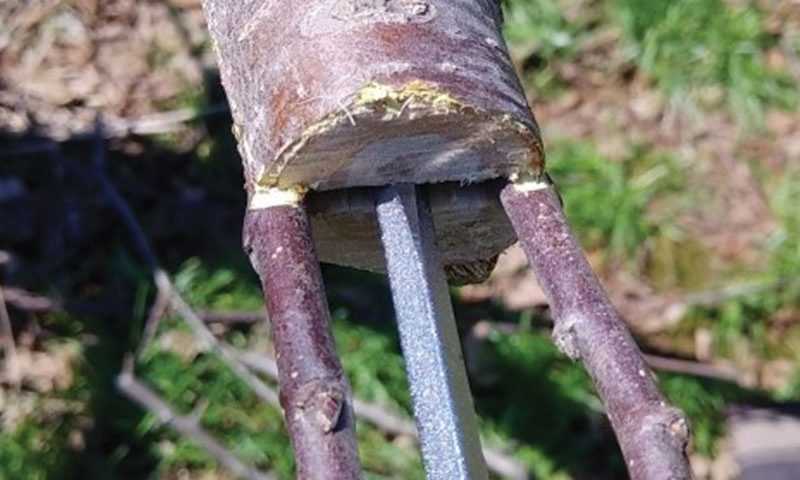

Regularly check the graft for any signs of infection or failure. Keep the area clean and free of weeds. Maintain proper irrigation and nutrient levels to promote healthy growth and successful grafting.
9. Monitor and Maintain
Regularly check the graft for any signs of infection or failure. Keep the area clean and free of weeds. Maintain proper irrigation and nutrient levels to promote healthy growth and successful grafting.
- Select the Rootstock
- Collect Scionwood
- Prepare the Rootstock
- Prepare the Scion
- Make the Graft
- Seal the Graft
- Provide Support
- Monitor and Maintain
Grafting fruit trees requires some skill and knowledge, but with practice, it can be a rewarding way to propagate and combine different varieties. Following these steps will help increase the chances of a successful graft and result in healthy, productive trees.
Grafting Techniques for Different Fruit Tree Varieties
Grafting is a common technique employed by fruit growers to combine the desirable traits of different fruit tree varieties. By grafting, growers can produce trees that bear multiple varieties of fruits on a single tree, increasing diversity and maximizing space utilization in their orchards.
Here are some grafting techniques commonly used for different fruit tree varieties:
1. Whip and Tongue Grafting
This grafting technique is primarily used for apple, pear, and cherry trees. It involves making a long diagonal cut (whip) on both the scion (desired variety) and the rootstock. The cut surfaces are then fitted together (tongue) to ensure a proper union. This technique is preferred for its high success rate and compatibility with various fruit tree varieties.
2. Cleft Grafting
Cleft grafting is suitable for a wide range of fruit tree varieties, including apple, pear, peach, and plum. In this technique, a vertical cut is made in the rootstock, and the scion, also cut at a diagonal, is inserted into the cleft. The scion and rootstock are then tightly bound together to facilitate the union. Cleft grafting is advantageous for its simplicity and ability to accommodate scions of varying sizes.
3. Budding
Budding is a grafting technique commonly used for citrus trees, such as oranges, lemons, and grapefruits. It involves the insertion of a single bud from the desired variety into the rootstock. This technique requires precise alignment of the bud with the rootstock, after which it is secured with budding tape to promote successful graft union. Budding is favored for its simplicity and ability to propagate citrus varieties that may not take well to other grafting methods.
4. Side Grafting
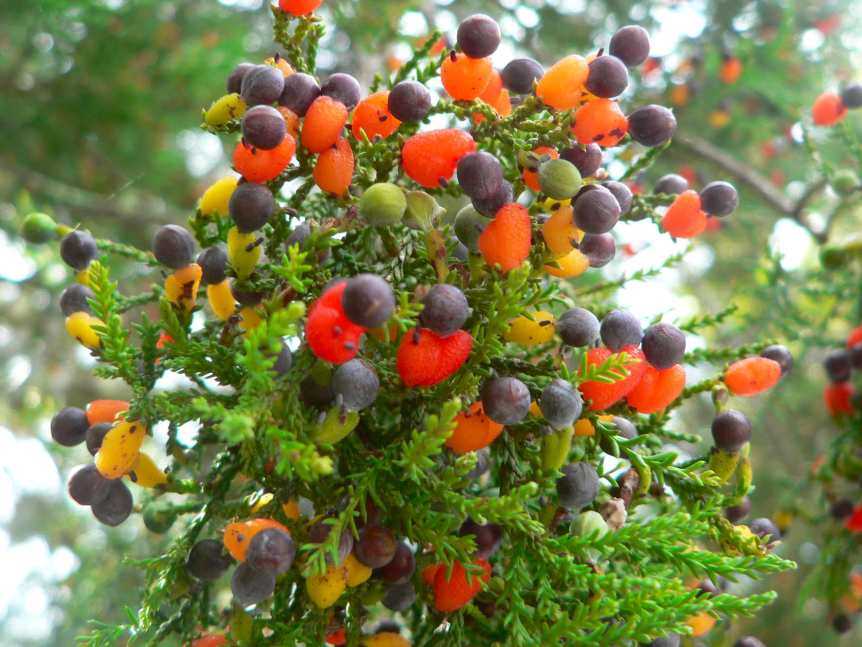

Side grafting, also known as side-veneer grafting, is often used for apricot, persimmon, and nectarine trees. In this technique, a vertical cut is made on the rootstock, and a corresponding diagonal cut is made on the scion. The two cuts are then aligned and joined, ensuring cambium contact. To secure the union, the graft is wrapped with grafting tape or a grafting compound. Side grafting allows for the successful grafting of fruit tree varieties that have different cambium diameters.
It is important to note that grafting success can be influenced by factors such as timing, environmental conditions, and the compatibility of the scion with the rootstock. Therefore, it is advisable to research and consult local horticultural experts for specific recommendations based on the fruit tree varieties you wish to graft.
Tips for Successful Fruit Tree Grafting
1. Choose the Right Time
Grafting is typically done when the trees are dormant, in late winter or early spring. This is when the sap is not flowing as actively, making it easier for the graft to take hold.
2. Select Healthy Scions and Rootstocks
Make sure the scions and rootstocks you choose are healthy and disease-free. Healthy plant material increases the chances of success for grafting.
3. Match Cambium Layers
When grafting, it’s important to align the cambium layers of the scion and rootstock. The cambium layer is the thin green layer just below the bark. This layer is responsible for the growth of new tissue, and aligning the cambium layers improves the chances of a successful graft.
4. Use Proper Grafting Techniques
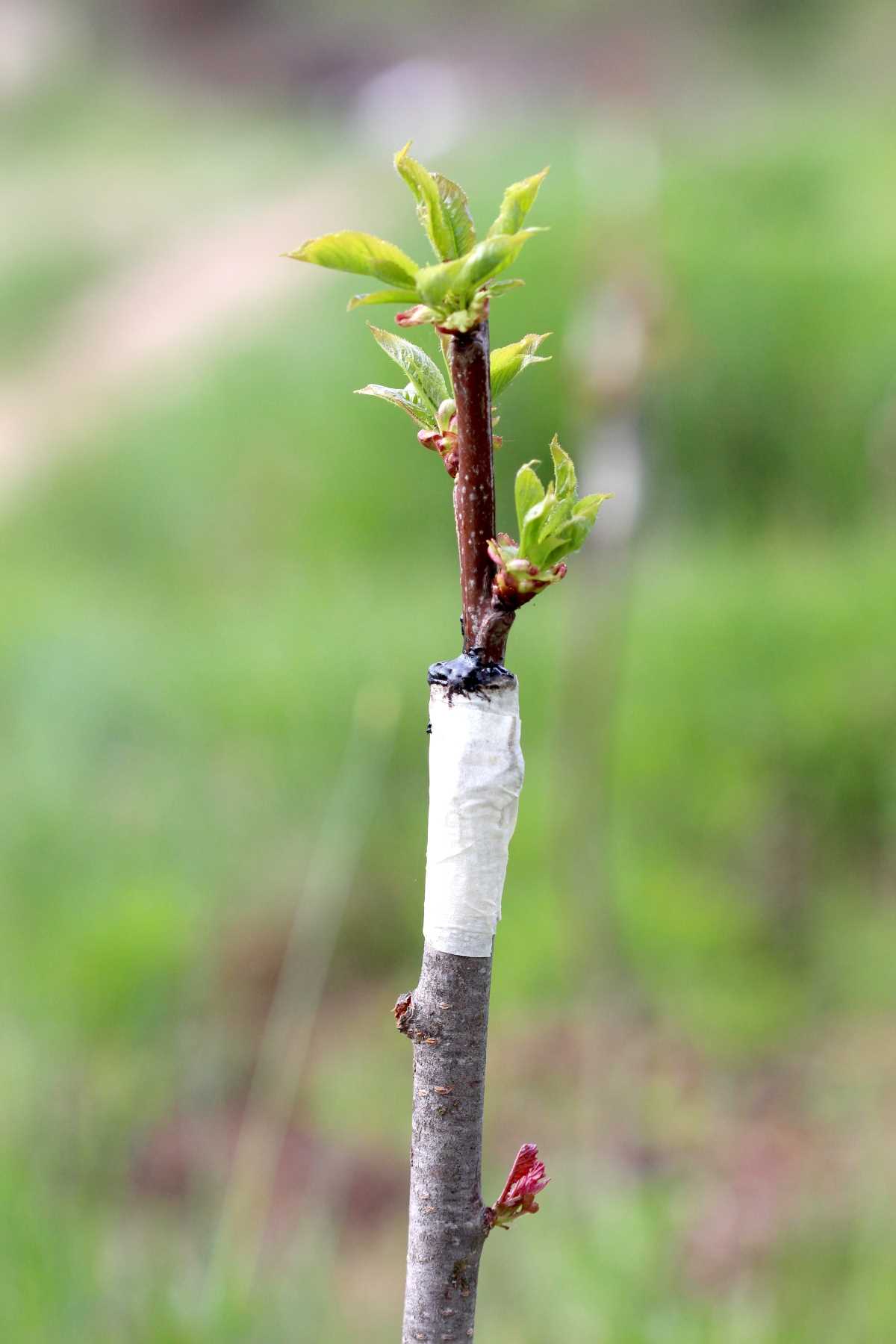

There are different grafting techniques, such as whip and tongue, cleft, and side-veneer grafting. Learn and use the proper technique for the specific tree variety you are grafting to ensure a strong and successful graft.
5. Provide Proper Care After Grafting
After grafting, it’s important to provide proper care to the newly grafted tree. Keep the graft union protected from harsh weather conditions and pests. Monitor the tree regularly and provide any necessary support or pruning.
6. Be Patient
Grafting takes time, and not all grafts will be successful. Be prepared for some failures and have patience. With practice and experience, you will increase your chances of successfully grafting fruit trees.
7. Keep Records
Keep a record of the varieties you have grafted and their success rates. This will help you track your progress and make informed decisions in the future.
Question-answer:
What is grafting?
Grafting is a horticultural technique used to join together parts from two or more plants to create a new plant with combined characteristics.
Why do people graft fruit trees?
People graft fruit trees for various reasons, including combining the desirable characteristics of two different varieties into one tree, improving pest and disease resistance, and reducing the time it takes for the tree to bear fruit.
Can any fruit trees be grafted together?
Not all fruit trees can be grafted together. Generally, fruit trees from the same family can be successfully grafted, while grafting between different families is less likely to work.
Which varieties combine best when grafting fruit trees?
The best combinations for grafting fruit trees depend on the specific characteristics desired. However, some common combinations include grafting a disease-resistant rootstock with a desired fruiting variety or grafting an early-fruiting variety onto a late-fruiting variety to extend the harvest season.
What are some examples of fruit tree grafting combinations?
Some examples of fruit tree grafting combinations include grafting the Golden Delicious apple variety onto a disease-resistant Antonovka rootstock or grafting a Bartlett pear variety onto a Bradford pear rootstock.
Is grafting fruit trees difficult?
Grafting fruit trees can be a delicate process that requires some knowledge and skill. However, with proper techniques and practice, it can be successfully done by home gardeners.
Are there any risks involved in grafting fruit trees?
There are some risks involved in grafting fruit trees, such as the graft not taking and the new plant dying. However, with proper care and attention, the chances of success can be increased.







